
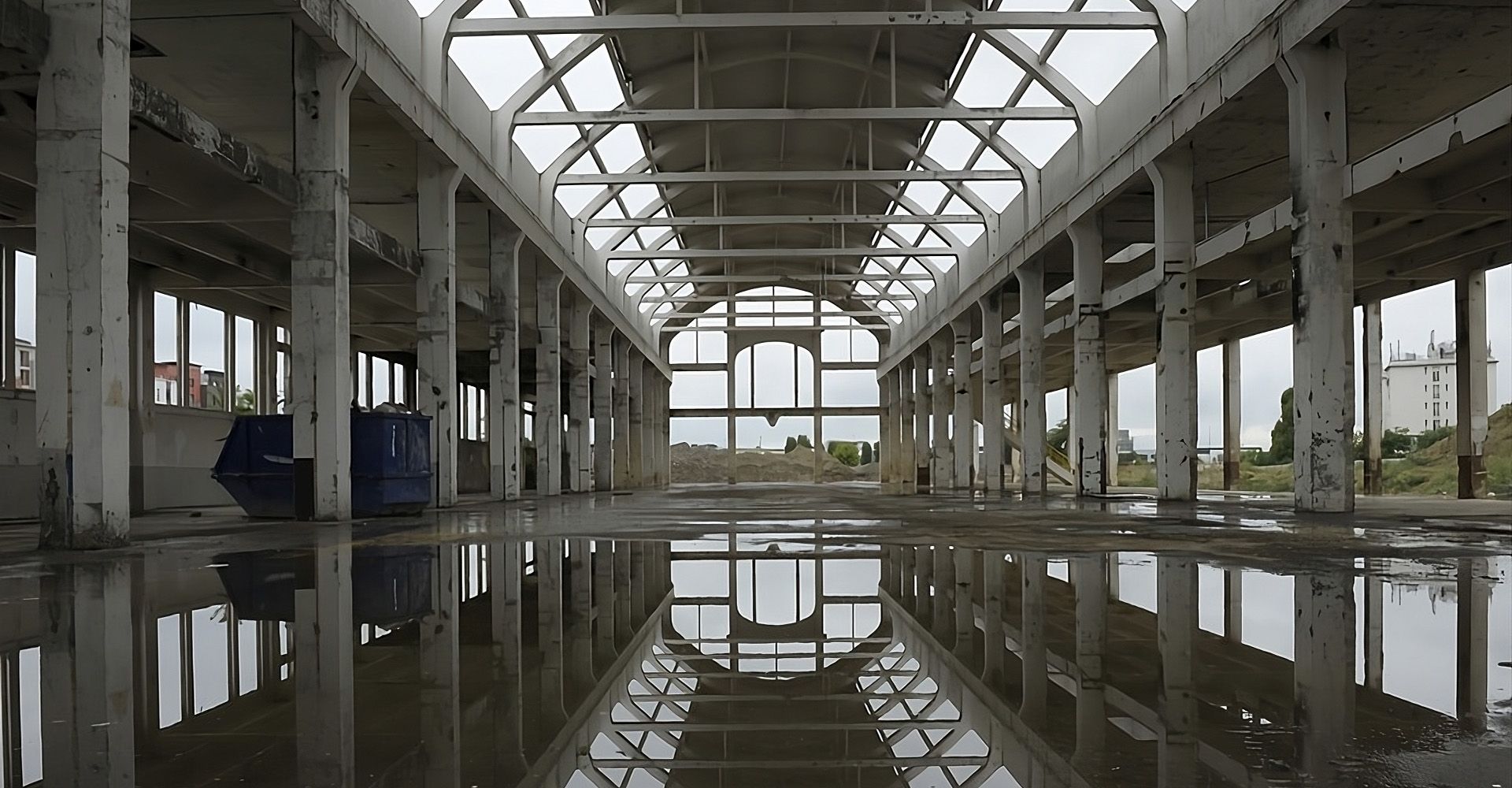
Industrial heritage
The peripheral districts
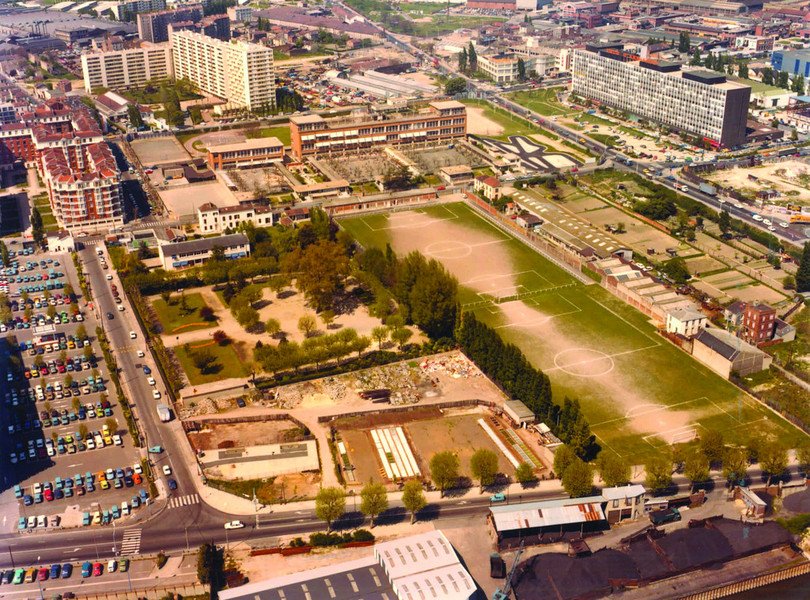
The Ferrailleurs and Chiffonniers districts
Prefect Poubelle's law of 1884 drove the "chiffonniers" (ragpickers) out of Paris. Many of them settled in makeshift barracks in Asnières.
It was in this atmosphere that Jean-François Raffaëlli (1850-1924) developed the new themes of his painting. The figures he portrayed were those of small tradesmen: street workers, garlic merchants, ragpickers, chair upholsterers.
In the 1960s and 1970s, major urban development projects completely changed the landscape of this neighbourhood: today, the "Flower Quarter" and the "Tree Quarter" are home to a large number of apartment blocks, as well as sports and cultural facilities.

The Grésillons district
Rue Pierre Boudou
At the end of the 18th century, the Chemin des Caboeufs ran along the edge of the commune from where the rue de la Parfumerie is today, crossing the localities of Gros Buisson and Caboeufs.
In the second half of the 19th century, the City of Paris, in response to the problems posed by the cleaning up of the Seine, laid out flood plains and an experimental garden for the cultivation of fodder, vegetables and industrial plants.
In 1932, the City of Paris built a low-cost housing estate, the Cité Jardin des Grésillons, on the site of part of these former drainage fields and transferred the rest of the land to the town of Asnières.
In 1933, Asnières built a new school complex which was inaugurated on 17 November 1935. On 10 July 1936, it was renamed the Aulagnier school complex. The company Villette was commissioned to create a public park on the site of the former experimental garden of the City of Paris. On 19 June 1972, as part of the development of the industrial area, the section of the former rue Pierre Boudou between avenue Laurent Cély and rue Pierre Curie was named after the engineer Louis Armand.
Mural in the rue Pierre Boudou
In July 2011 and again in July 2012, the 297 metres of wall on the ERDF site in rue Pierre Boudou were painted by residents of the Grésillons district of Asnières, coordinated by Ange et Damnation, on the initiative of the Yannick Noah social and cultural centre, with the support of the local council.
Twenty "tableaux", each 10 metres long, tell the story of Asnières, its key dates, its working-class past, its illustrious figures... "in the style" of great painters such as Vincent Van Gogh, Fernand Léger...

Mural on the Grésillons bridge
Under the Grésillons bridge, residents and visitors can admire the monumental frescoes inaugurated on Saturday 22 September 2018, created by two local artists at the initiative of the Conseils Consultatifs de Quartiers des villes d’Asnières et de Gennevilliers (local district consultative councils for Asnières et Gennevilliers). The bridge links the two neighbouring municipalities. It took more than four months to complete these two 160 m2 murals!
On the Asnières side, it was Hafiz Pakzad who set about painting the town's main landmarks in the style of the Impressionists. These include the Pont d'Asnières, famous in the world of painting thanks to Van Gogh and Georges Seurat, the Town Hall and the Château d'Asnières.
On the Gennevilliers side, the artist Vincent Brunot has highlighted the heritage of the town of Gennevilliers. Illuminated, these works can also be admired at nightfall.

The factories
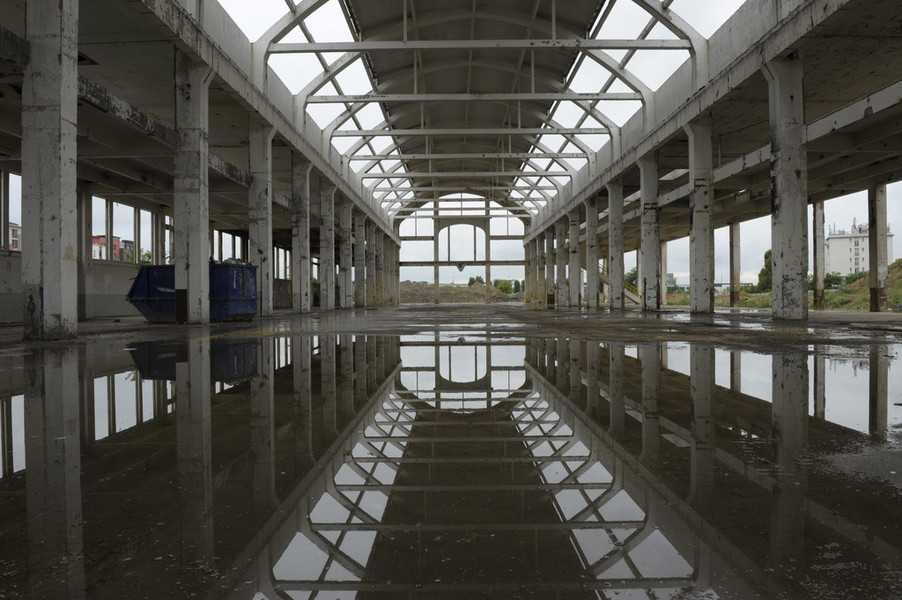
In the course of the 20th century, Asnières was home to a number of major factories, leaving behind a legacy of emblematic sites that enrich the town's industrial heritage.
The Citroën factory - 255 quai Aulagnier

The site covered 7 hectares. The large vaulted concrete workhouse dates from 1925. In the centre, the former director's residence housed the administration offices and the infirmary. The concrete and brick boiler room completed the site with its large side bays and glass skylight.
This former Ford factory was built by Charles Knight between 1925 and 1929 on the site of the former industrial gas plant, Oxylithe. The manufacturing workshops were housed in the large vaulted all-concrete hall. Outbuildings of concrete structure with brick infill or brick cladding housed the maintenance workshops and parts stores. During the Ford era, car parts were manufactured here. Bought by Citroën in 1949, the factory retained the same activity: it produced turned parts (obtained by machining a single metal bar) and hydraulic components for shock absorber systems.
The former Citroën factory has been saved from demolition. The city has succeeded in preserving part of this industrial heritage site in order to transform this vast seven-hectare wasteland into a new business district with office buildings, shops and housing, not far from the future Grand Paris Express station. The aim is to replace the areas abandoned by the old factories with a new district of housing, offices, public facilities and green spaces.
The Chausson factory - Rue des Frères Chausson
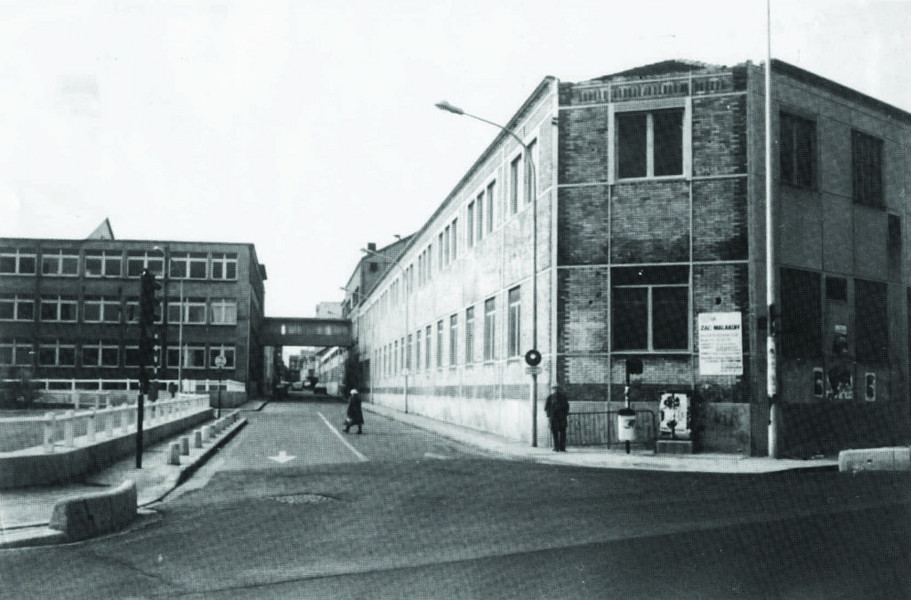
The factory was founded in Asnières-sur-Seine in 1907 by Jules and Gaston Chausson. Initially called Ateliers Chausson Frères, it produced radiators for car engines. In 1924, the company name was changed to Société anonyme des usines Chausson (SUC).
In 1936, SUC specialised in car manufacturing (bodywork and heat exchangers) and became a major player in the French automotive industry. SUC then became a subcontractor for its two main shareholders, the Peugeot and Renault groups, assembling their utility vehicles. In 1945, the company began manufacturing coaches and within a few years had become the leading French manufacturer in this sector.
In the 1970s, the factory was at the height of its development: the group owned several plants in Asnières-sur-Seine, Gennevilliers, Meudon, Reims, Creil, Maubeuge and Laval. In the 1950s, the brand was chosen by the RATP to supply 273 APU 53 buses for Paris and its suburbs, starting in 1954.
With a rich industrial history stretching back almost a century, the restructuring of the Group in the 1990s was long and painful. It led to major industrial action, strikes, walkouts and production shutdowns, triggered by a logic of alliance between carmakers decided by the shareholders, followed by the company's filing for bankruptcy in September 1993. Between 1993 and 1995, three redundancy plans led to the permanent closure of certain production sites in the Paris suburbs.
The last plant in Gennevilliers closed in 2000 and the site was demolished in 2007 to make way for an eco-neighbourhood, a green corridor, and a new neighbourhood.
The Astra-Calvé factory - 225 quai Aulagnier

Pharmacist and chemist Hippolyte Mège-Mouriès (1837-1880) invented margarine in 1869 at the request of Emperor Napoleon III, who was looking for a long-lasting fat to supplement the daily diet of the sailors in his fleet. The principle was to reproduce the natural process of milk production by physico-chemical means. The first margarine factory was set up in Yvetot in 1910 by the engineer Jean Motte. Confident of the product's future, he named it Astra - the sky - a play on the last word of a Latin verse: "Be brave, child, this is how you reach the heavens".
In partnership with various complementary industries, Astra established itself in Asnières in the 1930s on a site in the Grésillons quarter, part of which had belonged to the family of the painter Édouard Manet. The main building - the cathedral - a forty-five metre high vaulted structure, was badly damaged by bombing during the Second World War, but Astra was reborn on a new site in the 1950s.
Today, the Matford company stands on the site of the Astra-Calvé factories. In 1934, Société Mathis and Société Ford joined forces to create Société Matford. Headquartered in Asnières, Matford was based at both the Ford plant in Asnières and the Mathis plant in Strasbourg. In 1944, the Ford/Mathis partnership was terminated, and Ford took over sole management of Société Matford.
Sita Laboratories - 15 rue des Champs
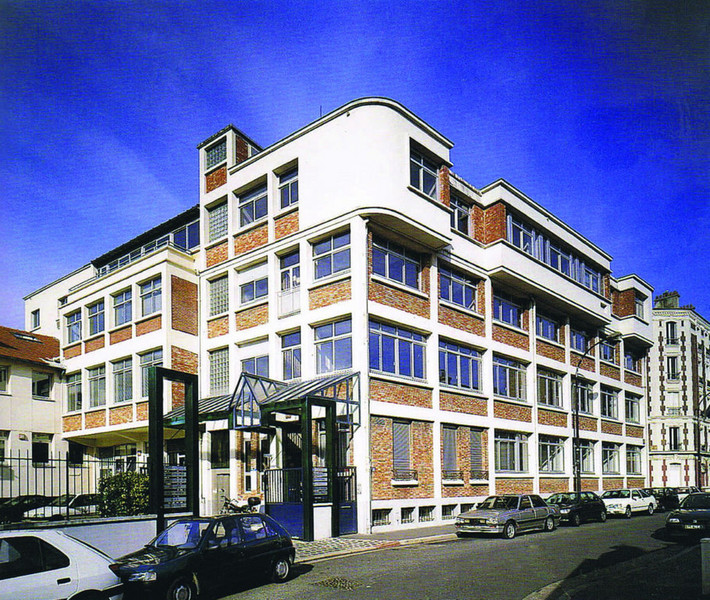
The pharmaceutical laboratories of the Société Industrielle de Thérapeutique Appliquée were built by architects Delaire and Sage in 1928 on a corner plot. They were elevated in 1933 and extended in 1936.
The building bears witness to fine architectural research: wider bays, accentuated bands of white cement-coated concrete highlighting the pointed brick infill. Note the use of glass blocks in the staircase. The warehouses were in the basement, the loading dock on the ground floor in the courtyard, the laboratories on the first and second floors, and the offices on the third floor.
Revillon - 2 avenue de Solférino
Probably built in the first decade of the 20th century, this former hosiery factory was home to Gabrielle Chanel's workshops from 1927 to 1934. The building was then used by various perfumers and cosmetics manufacturers: Millot, then Revillon and Grénoville.
All that remains of the old workshops is the brick facade within an iron core, with pilasters and an entablature. The bays are arranged in a ternary rhythm, alternating with a single bay.
The triphasé
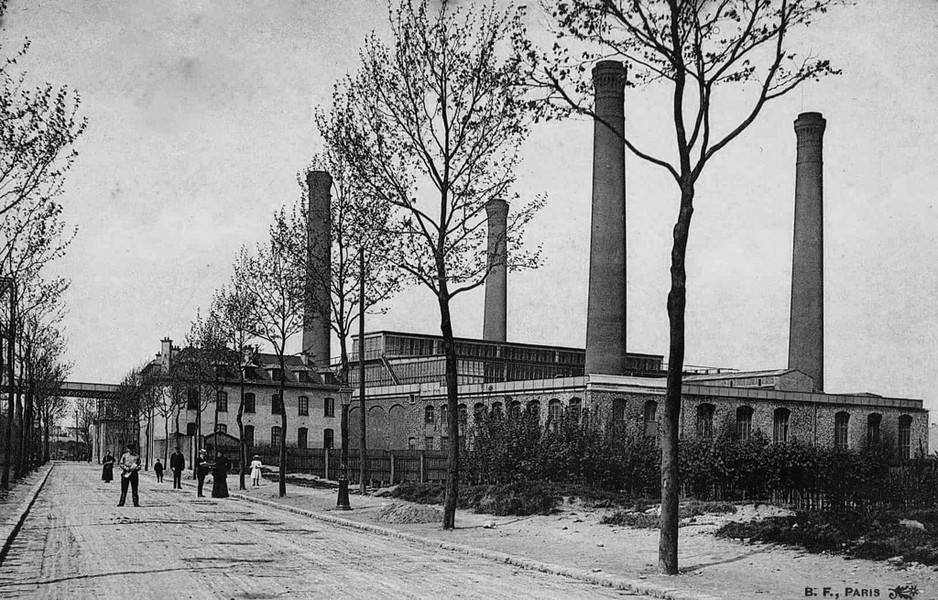
Quai Aulagnier
At the end of the 19th century, the introduction of 5,000 volt three-phase electricity meant that a single factory could supply a radius of 8 to 10 kilometres. As a result, "le Triphasé", a limited company that supplied electricity to lighting companies, tramways and various factories, bought a five-hectare plot of land near Paris, in Asnières, on both sides of rue Novion and on the banks of the Seine, at a favourable price, in order to receive the coal and to have the water needed for condensation.
The buildings housing the generators, machines, pumps and purifiers were built in 1899, along with an administrative building and a coal depot on the banks of the towpath. Numerous alterations and new buildings followed, such as in 1905 and 1936.
During these years, the Triphasé company was replaced by Nord-Lumière, which was nationalised and transferred to Électricité de France by decree on 21 May 1946.
New developments followed, notably in 1947, and especially from 1959 with the construction of a large U-shaped building for offices.
